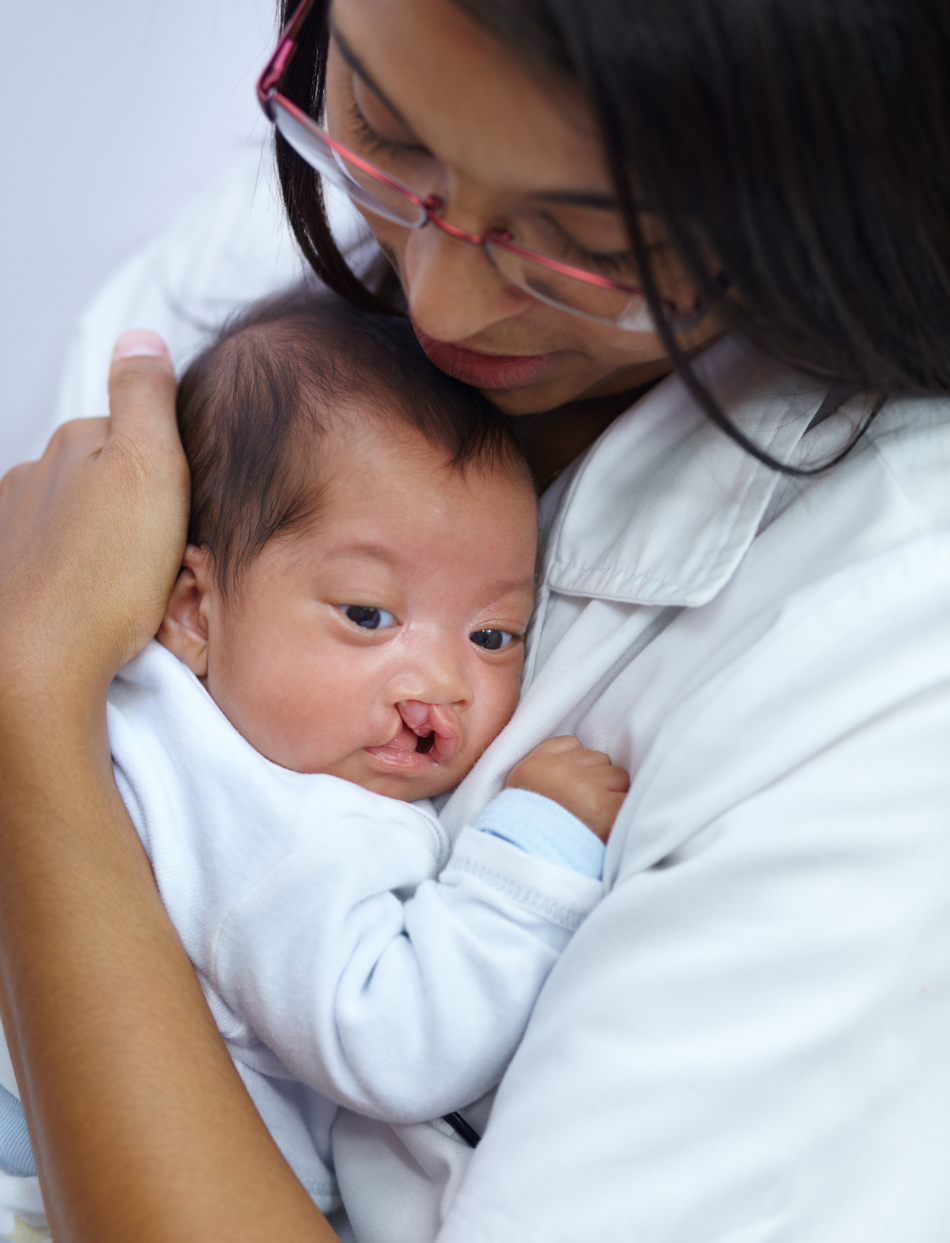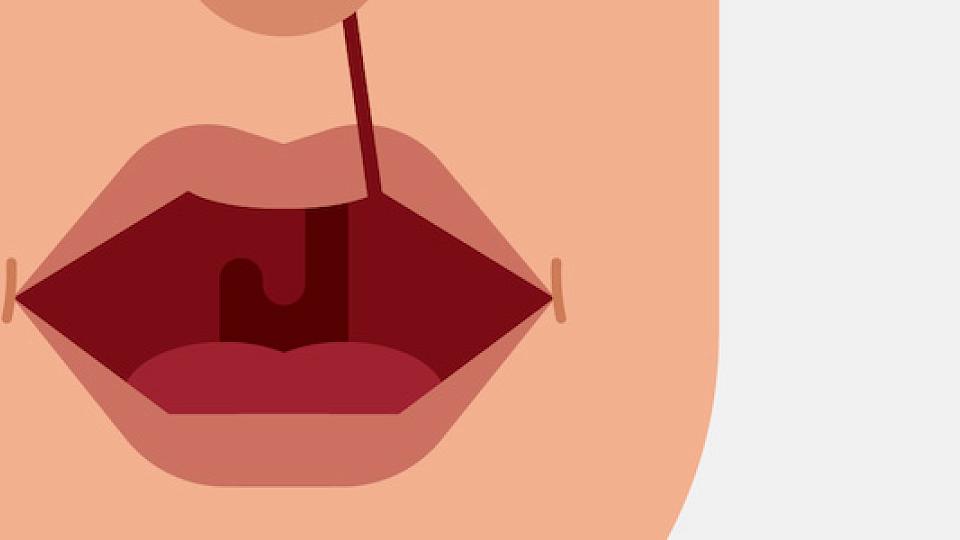
Interviewer: So what's new in treatment for cleft lip and cleft palate? We'll be covering that today on The Scope.
We're here with Dr. Barbu Gociman, a craniofacial surgeon here at the University of Utah and the Medical Director of the Cleft Center. Dr. Gociman, what is the usual treatment plan for a child born with a cleft lip or a cleft palate?
Dr. Gociman: We have a unique way of treating cleft children at the University of Utah, and we are very proud of our treatment modality we developed over years. It was a progression. So traditionally, in the United States, the sequence of treatment for a patient with cleft lip and palate is cleft lip repair at around 3 months of age, cleft palate repair at around 10 to 12 of age, alveolar cleft repair at around 6 or 7 years of age with bone grafting of the alveolus, orthodontic work followed by any orthognathic operation usually at facial maturity, which occurs at around 16, cleft rhinoplasty at around 18. That's around five surgeries given that no problems are encountered and no other issues with growth develop during the treatment protocol.
Interviewer: So my understanding is with treatment of cleft lip and cleft palate, the definition of success is to minimize the amount of surgeries. And my understanding is that you guys have a new, well, a relatively new procedure that might actually help reduce the amount of surgeries necessary. Do you want to walk me through that?
Dr. Gociman: It not necessarily minimizes the core operations, but it minimizes, in our mind and from what we've seen so far, the number of additional operations that usually are not counted as the main operations.
So we do the cleft lip repair at around 3 months of age, and at 10 to 12 months of age we repair the palate, but only the soft palate. The reason to repair the soft palate at that age is that's when the speech starts developing and not repairing it could lead to development of abnormal sounds that are very hard to correct later on.
At around two years of age, so one year later, we close the hard palate and the alveolus in one operation, and we bone graft both structures. So this is the novelty of our protocol. So we think by achieving that we reestablish a normal anatomy. Normally, the hard palate contains bone grafting, which in a standard treatment modality is repaired only with the soft tissues. And we also achieve bone grafting at a much younger age when the cleft elements, bony elements are much closer to each other. So we think the efficiency and the efficacy of the bone grafting processes is much, much higher. We need much less bone, and, again, the elements are much closer, so the gap that you are trying to graft is smaller. So we think that we have much, much higher success. This has been possible due to the availability of a series of cadaver bone grafts that are sterilized and synthetic bone elements that we all mix together so we do not need to use the traditional hip bone graft that was used in the traditional protocol.
And then no operation unless the patient will require orthodontic work and orthognathic surgery. So far we did not need to do those. And finally, the final rhinoplasty will be the same as in the traditional protocol. We have a different philosophy at the university. We perform the rhinoplasty at around 14 years of age. So we want kids that, once they go to high school, to have the shape of the nose fully corrected. We think that even when you do a little bit earlier and the facial growth is not fully completed, it's almost there, and then the psychological benefit that they gain from the earlier operation far outweighs the small risk.
Interviewer: So with this new procedure, what can a parent expect for their child's outcome?
Dr. Gociman: We hope that less operations, much more stable maxilla that will mean less orthodontic work and less orthognathic procedures and overall a happier child. The hardest timing for cleft kids is when they are older and they have the big orthognathic operations, and it is very hard for them. Imagine you have to wear the halo device for three months walking around. So if you eliminate that operation, it's a huge benefit. So in our mind that is a huge step forward, and we hope that we will be able to demonstrate that most children that go through our protocol do not need that type of operation down the road.




